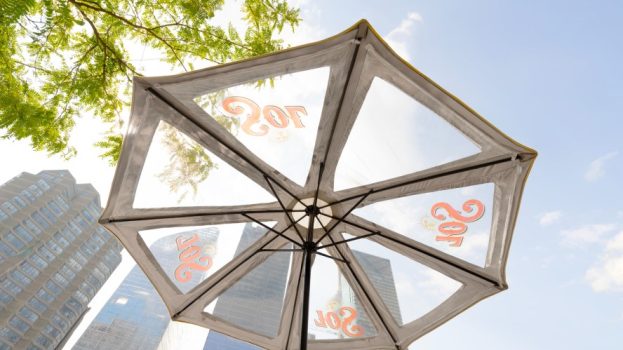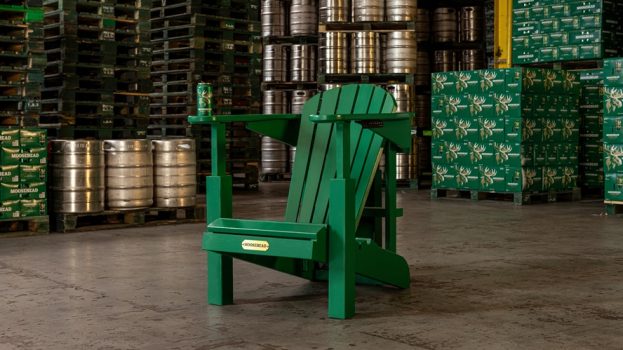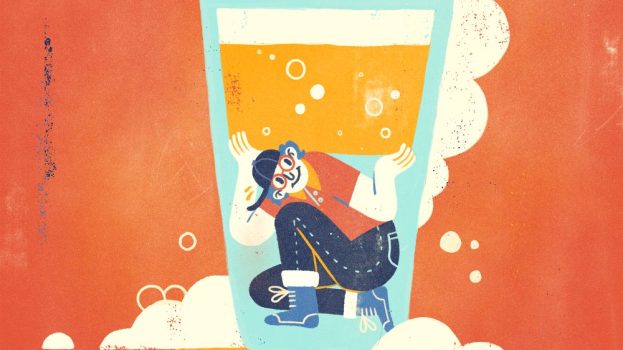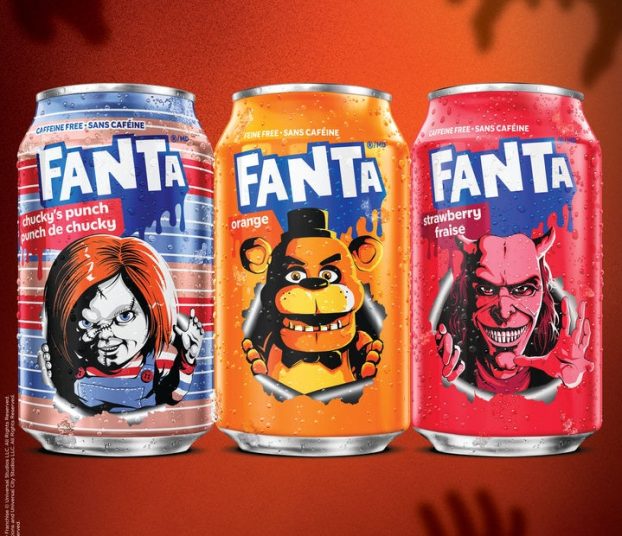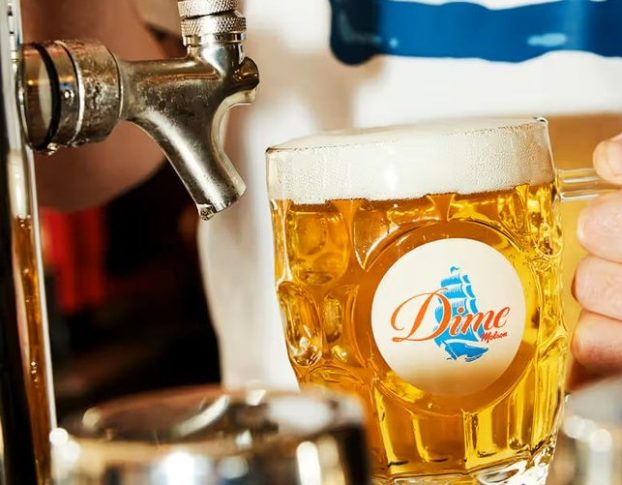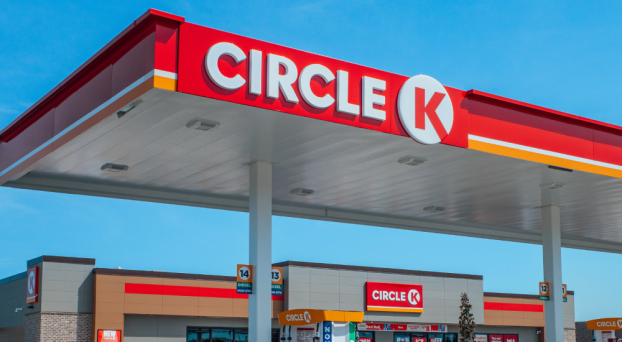
This article origially appeared in strategy‘s Winter 2022 issue
By Mark Dillon
A new wave of craft breweries is offering up NoLo (no or low alcohol) bevvies that are not only healthier than traditional beer, but actually taste good – a long time knock on the category. These indie brands are occupying greater shelf space beside offerings from global giants such Heineken 0.0 and Bud Zero as they chase segments that may have previously turned up their noses at non-alcoholic suds.
“People are starting to adopt the category at different age groups,” says Diane Laberge, VP marketing and e-commerce at Calgary’s Partake Brewing. “In part that comes from people in their 30s and 40s deciding they’re not going to drink alcoholic beer. And we’re also starting to see adopters from a younger generation that have an [unfavourable] relationship with alcohol.”
Partake made The Globe and Mail’s list of top-growing companies with 2020 revenue of $5M-$10M and topped a recent Food & Wine Magazine list of best non-alcoholic beers with its Blonde Ale. It markets its portfolio as the lowest-calorie non-alcoholic beer available, with 10-30 calories and 0-8 grams of carbs per 355 ml can. Its core SKUs are all non-alcoholic and far more wide-ranging than what mainstream beer brands are offering consumers, with varieties including Pale, IPA, Red, Stout and Blonde.
“Innovation plays an important role for us. We’re listening to consumer feedback and committed to improving the variety in this category,” says LaBerge.
Creative agency Lg2 collaborated with Partake on its 2021 “Cheers to Adulting” campaign, which includes humorous ads that sing the praises of no hangovers and being able to enjoy a beer on the job.
 Meanwhile, Ontario’s Rally Beer Company, which launched in 2020, relies on social, earned media, experiential and grassroots efforts to get the word out. The company’s name fittingly suggests a bike rally, with the idea having come to CEO Alan Wood while on a 760km bike trek.
Meanwhile, Ontario’s Rally Beer Company, which launched in 2020, relies on social, earned media, experiential and grassroots efforts to get the word out. The company’s name fittingly suggests a bike rally, with the idea having come to CEO Alan Wood while on a 760km bike trek.
Rally markets its beers to the mountain biking community and other active consumers. It offers two alcoholic brands and a non-alcoholic Dry Run Pale Ale, which is brewed with potassium salts that provide electrolytes, so it can function not only as that celebratory beverage after a hard workout, but as a recovery drink as well.
“Our community was screaming for it,” Wood says. “We always wanted to be a low and no-alcohol brewery. A lot of people in the endurance sports world with whom we connected might be training hard and abstaining from alcohol. Maybe they want to crush a beer after a 10K, but maybe throughout training they still want to celebrate the little wins as well.”
Rally has found ways to be present at action and endurance sports events during the pandemic. “Because of COVID-19 we’ve had to go small,” Wood says. “For the first event we did, we hid a cooler in the woods in Collingwood and then put the GPS coordinates out to one of the trail running clubs so the participants could grab a beer, take a selfie with it and have some fun.”
According to the Non-Alcoholic Beer Global Market Report 2021, the market is projected to grow to $23 billion by 2025.
Meanwhile, NielsenIQ notes that non-alcoholic craft beer in the U.S. grew by 278% in 2020. However, David Ian Gray, principal at national retail advisory DIG360, foresees slow and steady growth for craft NoLo brands – with one hurdle to clear.
“If you look at how some of the craft breweries have gained prominence, it’s been by exposing people to their beers at bars and restaurants,” Gray says. “And then they can pick it up at the grocery store or visit the brewery. But the on-premise sales are not what drives that; they need to be selling elsewhere. One of the keys is to see a bar or restaurant offer [craft NoLo beers] on tap. I have not seen that happen yet.”

